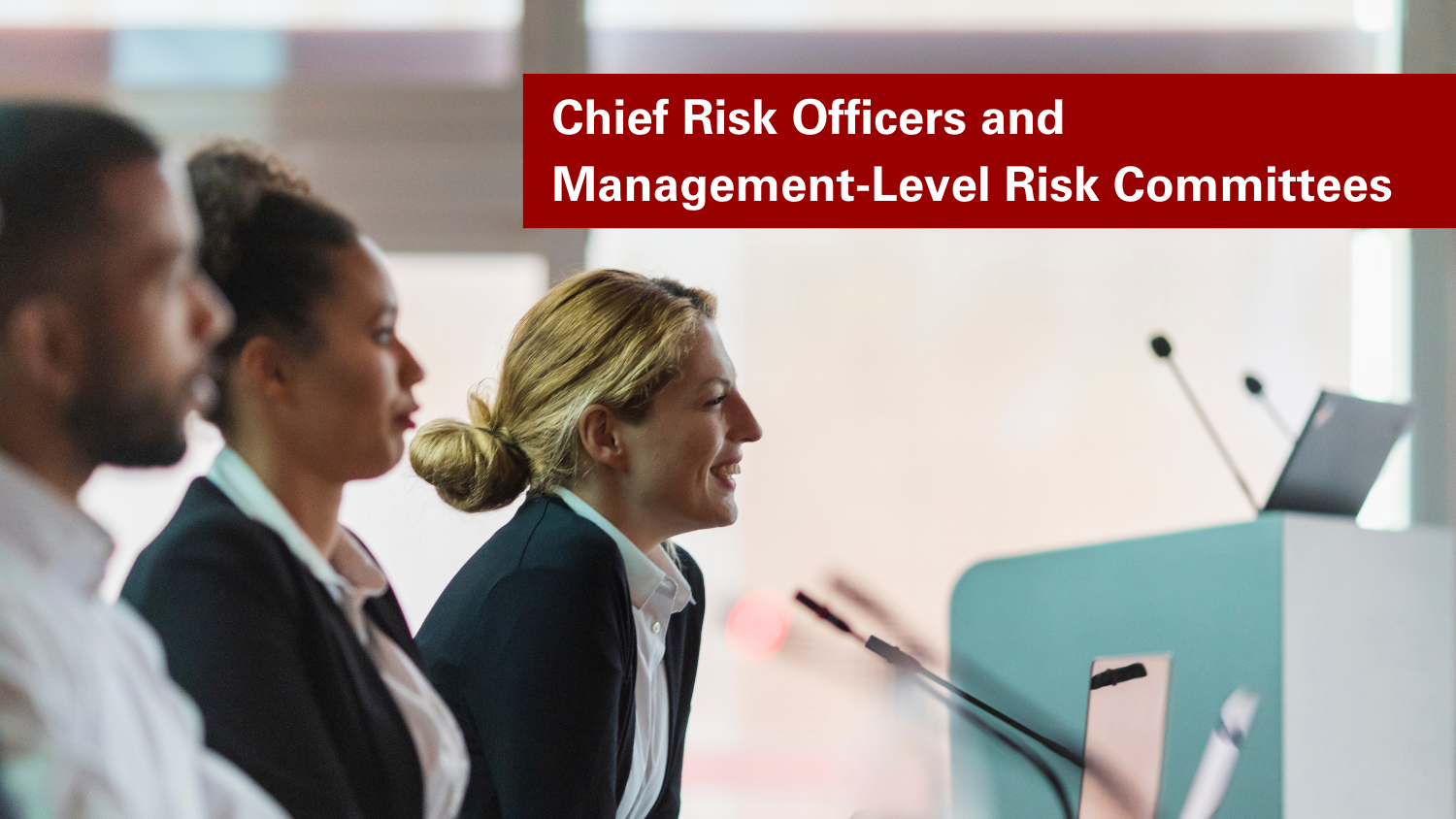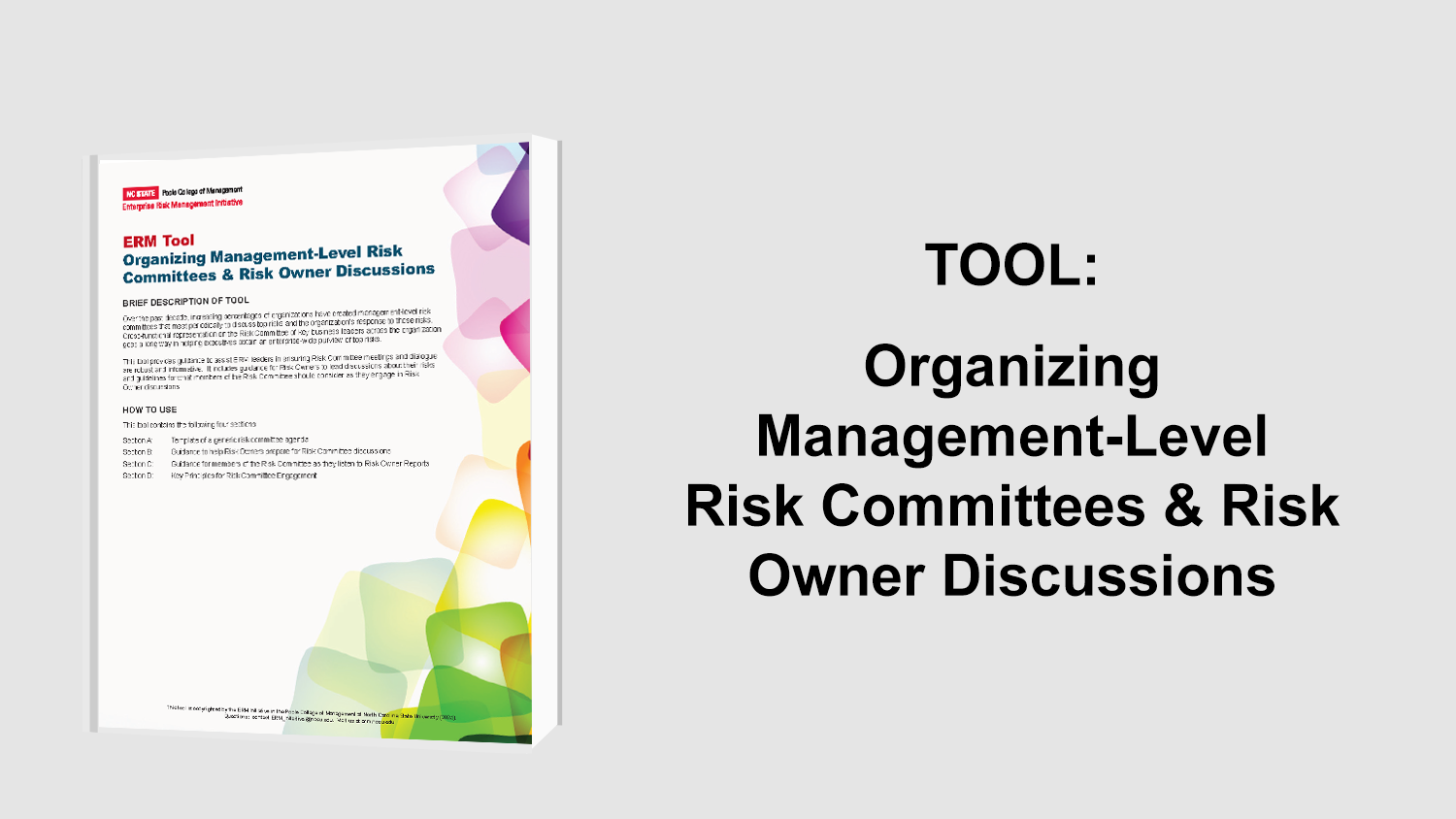Looking to Enhance Your Organization’s Resiliency? Check Out These Resources
One of the big realizations that many business leaders are taking from the COVID-19 pandemic experience is the need for their organizations to “up their game” related to how they are addressing and managing risks related to operational resiliency and business continuity. Many are coming to the conclusion that their prior approach to considering risks related to ongoing continuity to operations has not been sufficiently robust or at an enterprise-wide level. They are discovering that their overall approach to thinking about their resiliency has been too siloed and not governed from an enterprise-wide perspective. Unfortunately, their core business activities was noticeably hampered by the shocks of the pandemic.
There are a number of great thought leaders on the topic of operational resiliency who have shared their perspectives and suggestions for how an organization might “raise the bar” for their overall resiliency thinking and planning.
Below are four pieces we’ve seen that may be especially helpful in spurring dialogue in organizations about operational resiliency and continuity planning.
Elevating the Governance Over Resiliency Planning
Operational resilience is the organization’s ability to prepare responses to be in a position to recover quickly from disruptive events and continue to function amid challenging events. A recent thought paper by Protiviti titled, Operational Resilience: Considerations for Boards, the C-Suite and Enterprisewide Implementation, outlines top considerations for business leaders as they build resilience to support disruptions of an organization’s ability to deliver goods and services—regardless of the severity of the event.
Protiviti highlights a number of key concepts and practices for C-suite leaders, considerations for the board in overseeing operational resilience, and a checklist of essential elements to implement a resilience plan. Protiviti’s paper includes:
- Key concepts and practices for C-suite leaders
- Role of the board in overseeing operational resilience
- Checklist of practical steps for implementing a resilience plan
Taking Action to Enhance Resiliency
Many business leaders are now realizing they were woefully unprepared for navigating the impacts of the pandemic crisis and most are looking for ways to shore up how they think about the resiliency of their businesses. A recent article in Harvard Business Review by Martin Reeves and Kevin Whitaker, reminds readers of the importance of enhancing an organization’s resiliency in light of the reality that the global business environment is becoming more dynamic and unpredictable.
The authors highlight a number of reasons why organizations have historically not invested enough time and thought into focusing on resiliency and they lay out a number of steps that leaders can take to be better prepared for the next big disruption. Key strategies include:
- Investing in redundancies
- Complementing redundancy with diversity
- Breaking down resiliency planning into subparts
- Building flexibility into processes
Assessing How Supply Chains Impact Resiliency
Global supply chains are larger and more complex than ever. At the same time disruptions that affect supply chains have grown more frequent and severe, exposing vulnerabilities. Companies and policy makers are reconsidering how to assess, analyze and mitigate risk exposure to bolster supply chain resiliency to shocks like financial crises, terrorism, extreme weather and pandemics. McKinsey Global Institute’s (MGI’s) report, “Risk, Resiliency, and Rebalancing in Global Value Chains,” explores factors leading to global supply chain risk, financial implications of shocks and guidance for building supply chain resiliency.
McKinsey explores factors leading to global supply chain risk, financial implications of shocks and guidance for building supply chain resiliency by “improving supply chain management and transparency, minimizing exposure to shocks and building their capacity to respond.” The report covers:
- Potential supply chain exposures to external shocks
- Factors that create supply chain vulnerabilities
- Expected financial losses
- Strategies to minimize the growing cost of disruptions
Resiliency Planning Needs to Consider Third-Party Impacts
External factors including the COVID-19 pandemic and increasing attention among government regulators on corruption, sustainability and human rights, the need for companies to protect themselves against third-party threats and the resulting regulatory enforcement of illegal activity is paramount. Refinitiv’s “The Real Risks: Hidden Threats Within Third-Party Relationships” aims to provide organizations with guidance for identifying, assessing and managing third-party risk.
Their report explores the critical area of third-party relationships, revealing the hidden risks in supplier, distributor and partner relationships. This report covers:
- How the current global environment has impacted the risks that organizations face
- How COVID-19 is having a significant impact on supply chain risk and third-party risk, in particular
- Why green crimes and environmental risks are rising—and require more accurate analysis.
- Categories:
- Types:


